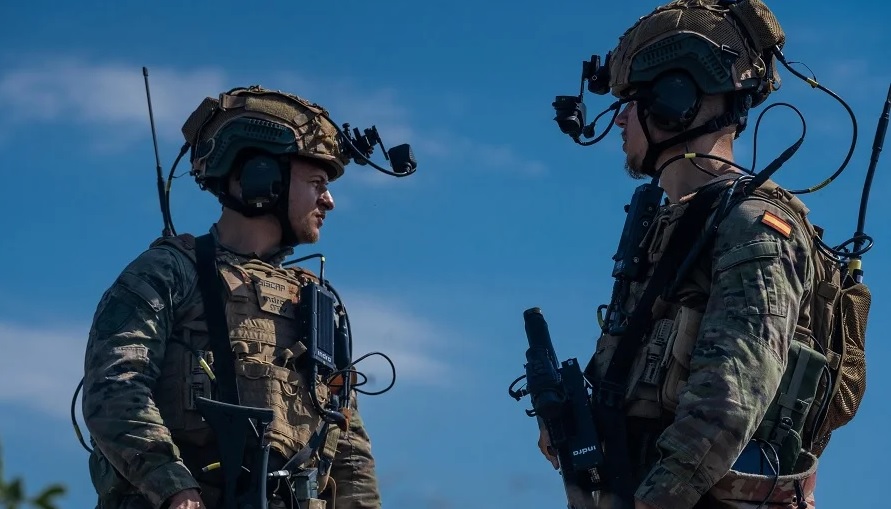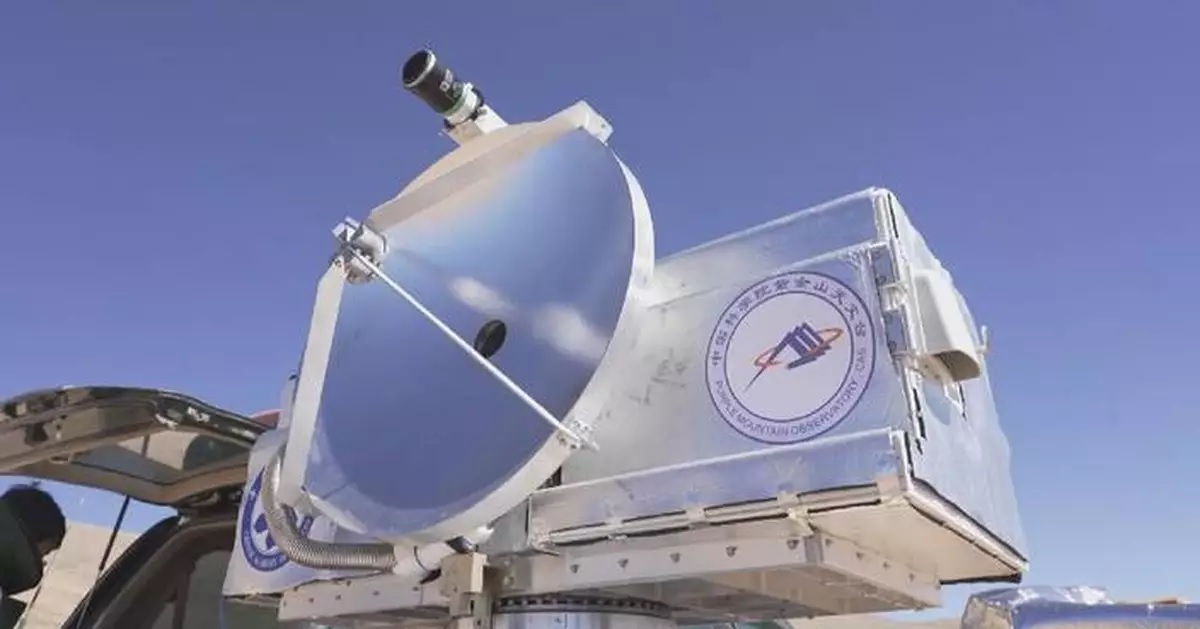Spanish Army Tests the Future Soldier System Developed by Indra and GMV

In a significant leap towards modernizing military capabilities, the Spanish Army recently tested the Future Soldier System, known as SISCAP, developed by Indra and GMV. This advanced system, demonstrated at the Toledo Infantry Academy, is set to revolutionize soldier communication, information processing, and fire efficiency, embodying the future of warfare technology.
Funded by the Ministry of Defence’s R&D program through the Sub-Directorate General for Planning, Technology, and Innovation (SDG PLATIN), SISCAP's progress is meticulously supervised by the Directorate General for Armaments and Material (DGAM). The primary aim of Indra and GMV is to equip soldiers with state-of-the-art technology tailored for digitalized battlefields, seamlessly integrating them into the new Spanish Army combat cloud concept.
Central to this innovation is a sophisticated vision system attached to each soldier’s helmet, utilizing augmented reality to display routes, companion positions, and tactical information on threats and targets. This system provides day and night vision capabilities, personal cameras for capturing images, and an advanced radio for satellite positioning and voice and data transmission. These features ensure enhanced situational awareness and coordination without exposing soldiers to unnecessary risks.
The system’s modular and scalable nature is a standout feature, allowing for customization based on mission requirements. This adaptability includes adding electronic aids for friend-foe identification, infrared cameras, laser designators, and image magnifiers. For complex missions, soldiers can even deploy palm-sized micro-drones for reconnaissance, significantly reducing operational risks.
During recent exercises at the Toledo Infantry Academy, a platoon evaluated SISCAP by simulating reconnaissance and surveillance missions, alongside day and night shooting tests. The final test phase, slated for the coming months, will integrate the 8×8 Dragon armored vehicle, enhancing communication between units and headquarters.
Gregorio González, the manager of the UTE at Indra, emphasized the system’s advanced digital capabilities, providing soldiers with enriched situational awareness through comprehensive information sharing. He highlighted the system’s modularity and scalability, ensuring maximum ergonomics and minimal weight, essential for operational efficiency.
The initial development phase aims to deliver the first seven functional prototypes in a platoon-leader configuration by the end of this year. Subsequent phases will explore manufacturing a pre-series of 40 to 50 systems for real-operation evaluations, with full-scale production anticipated by 2030.
SISCAP's development is bolstered by Indra and GMV’s involvement in European projects like ACHILE and GOSSRA, funded by the European Commission. These projects have created significant synergies, enhancing SISCAP’s capabilities. Additionally, SISCAP is a crucial component of the Army’s Force 35 initiative, placing the soldier at the heart of modernization efforts.
As the Spanish Army pioneers this groundbreaking technology, the Future Soldier System promises to redefine modern warfare, enhancing operational efficiency and soldier safety with its innovative approach.


